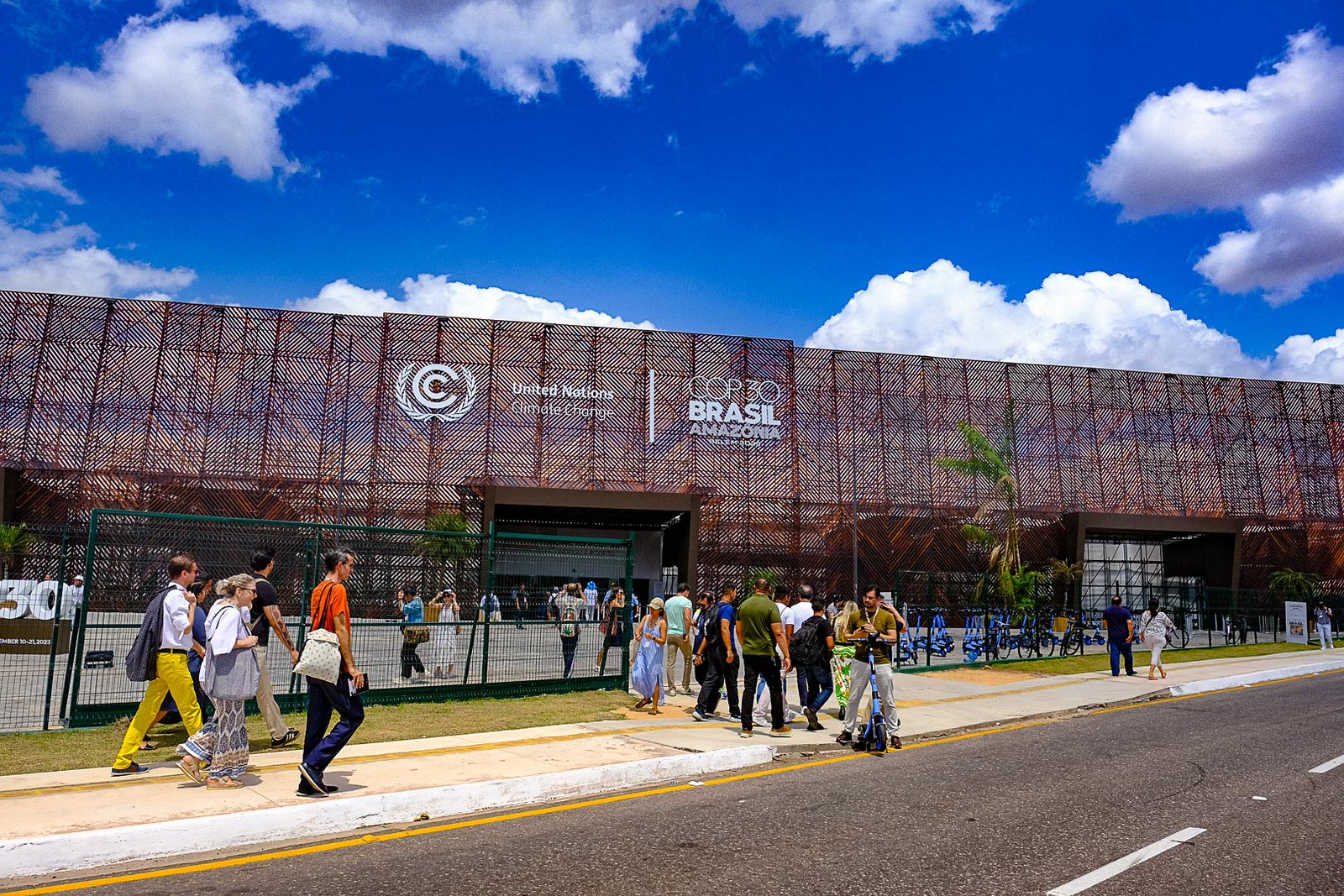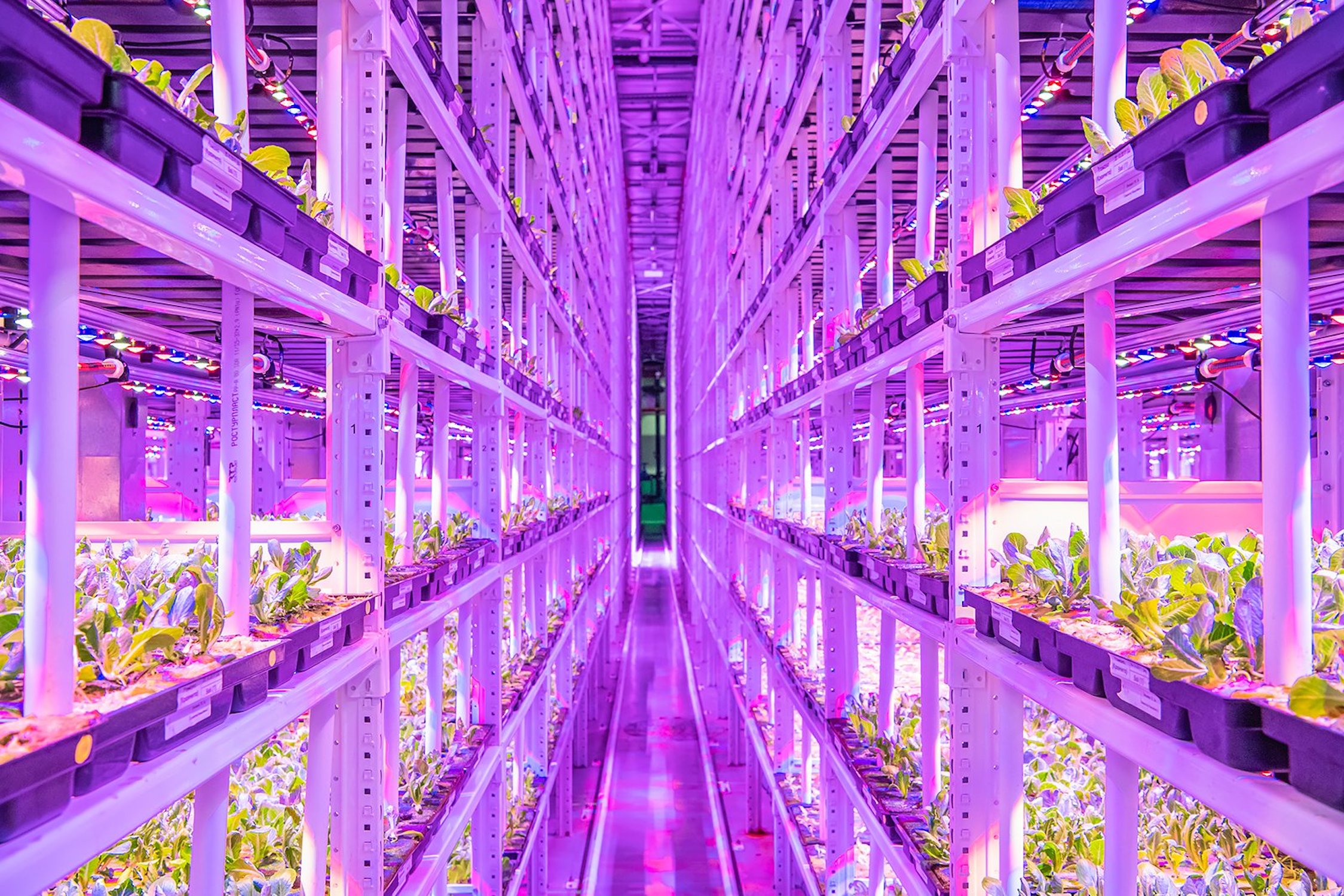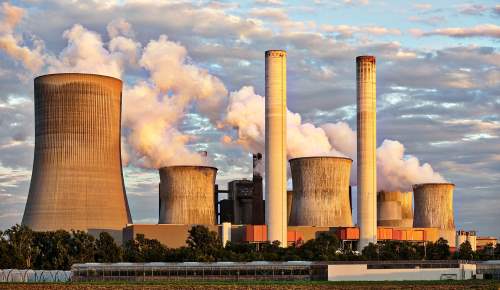A lack of federal leadership in the US has made the path towards meeting the ambitious goals of the Paris Agreement—limiting global temperature rise to well below 2 degrees— unclear, especially in the near term when policy and investment decisions will determine the trajectory of decarbonization for future decades. America’s Pledge, formed in the backlash of President Trump’s announcement to withdraw the United States from the Paris Agreement, represents the bottom-up movement to address climate change in the US. It is an initiative to analyze, catalyze, and showcase climate leadership by US governors, mayors, and CEOs, backed by a coalition of cities, states, businesses, universities, and other real economy actors that have expressed their continued support for the agreement and pledged to take action to ensure the United States stays on track to achieving the national emissions reduction target.
Ten high-impact opportunities for near-term, nonfederal emissions reduction have been proposed by America’s Pledge, laying out a roadmap for America’s low-carbon future. They are central to the strategies for the sectoral transformation in electricity, buildings, transportation, HFCs, methane, natural lands, and economy-wide carbon pricing. The agenda for bottom-up climate policies and programs to help deliver America’s Pledge under the Paris Agreement are previewed in the new report America’s Low-Carbon Future: A “Bottom-Up” Opportunity Agenda for Climate Action in the United States. They are:
- Double down on renewable energy targets
- Accelerate the retirement of coal power
- Retrofit buildings at key trigger points
- Electrify building energy use
- Accelerate electric vehicle adoption
- Phase out super-polluting HCFCs
- Stop methane leaks at the wellhead
- Reduce methane leaks in cities
- Regional strategies for carbon sequestration in natural and working lands
- State coalitions for carbon pricing
The Opportunity Agenda is a prequel to the quantitative analysis of bottom-up climate action in the US that will be presented in September at the 2018 Global Climate Action Summit in San Francisco. America’s Pledge co-founders, former New York City Mayor Michael Bloomberg and California Governor Jerry Brown will present a report that models the American economy and specifyies how states, cities, businesses, and other economic actors can drive decarbonization and accelerate near-term progress despite the federal government’s inaction on climate.
The report to be presented in September will detail:
- Existing commitments and their impact: How real economy climate commitments are driving US economy-wide emissions reductions;
- Opportunities for high ambition: A roadmap of opportunities for governors, mayors, and CEOs to lead climate action while advancing the interests of their residents, customers, and shareholders;
- Emissions analysis: Projected US emissions trajectories through 2025 and 2030 resulting from existing real economy commitments, potential incremental emission reductions, as well as from eventual renewed federal engagement; and
- Leadership case studies: How some of America’s most innovative states, cities, and companies are delivering on their existing commitments and showing the way for their peers.
Read the full report: America’s low-carbon future: A “bottom-up” opportunity agenda for climate action in the United States






